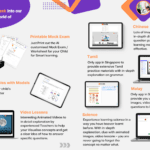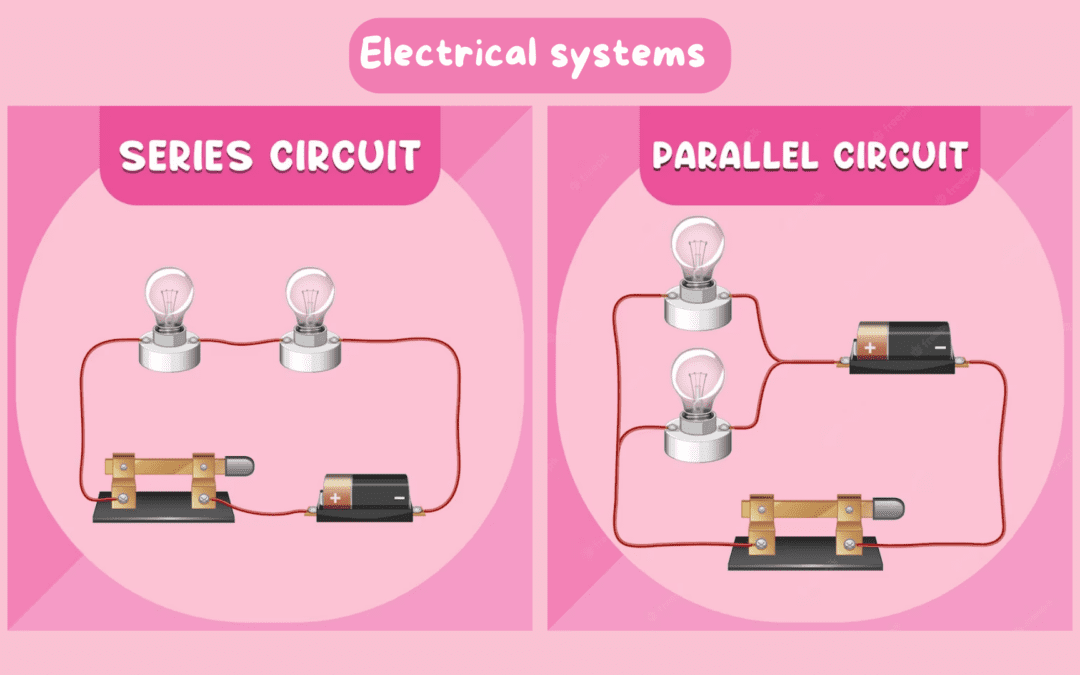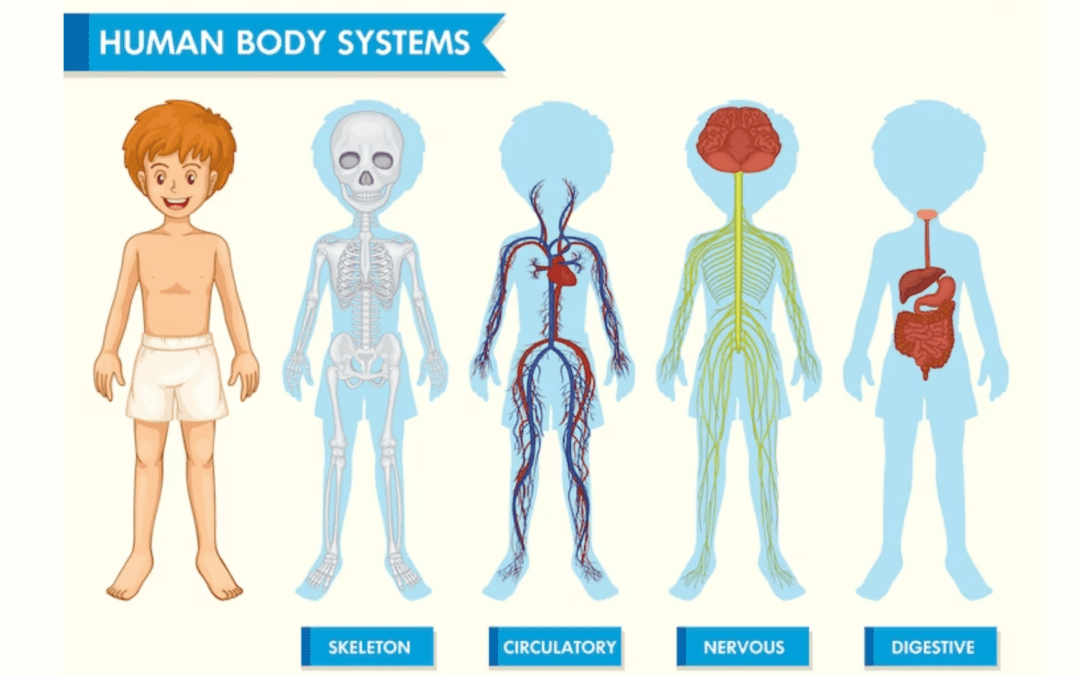Have you ever wondered how plants breathe and transport nutrients and water from and to their different parts? Just like animals, plants have their own respiratory and circulatory systems that allow them to survive and thrive. Here, we will explore the respiratory and circulatory systems of plants, their functions, and how they work together.
Essential Takeaways
- Plants breathe through tiny pores called stomata.
- The circulatory system of plants is responsible for transporting water and nutrients throughout the plant.
Learning Objectives
- Understand the respiratory and circulatory systems in plants
- Explain the process of photosynthesis and respiration in plants
Core ideas
- Plants have tiny pores called stomata that are located on the surface of their leaves, stems, and other parts. These stomata open and close to allow the exchange of gases between the plant and its surroundings.
- Plants also have a circulatory system that transports nutrients, water, and other essential substances throughout their bodies. This system is made up of two types of tissues: xylem and phloem.
- The respiratory and circulatory systems of plants work together to ensure the plant gets the nutrients it needs and gets rid of waste products.
Points to Remember
- The respiratory system of plants involves the exchange of gases (oxygen and carbon dioxide) through stomata.
- The circulatory system of plants involves the movement of water and nutrients through xylem and phloem.














